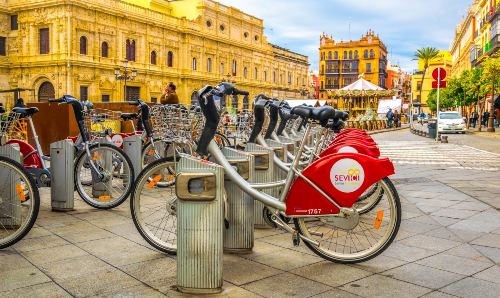Cycling and Urban Design
We have a long history of cycling and urban design research across a number of projects both large and small.

These studies seek to consider how urban design and designers can better facilitate urban cycling to enhance the quality of the urban environment and the experience for those cycling through it.
Urban design research and practice have historically displayed a tendency to focus on the human scale (a notion that has traditionally been defined through pedestrian movement and characteristics), with the goal of creating and encouraging vibrant public spaces and places.
Research attempting to better understand or articulate cyclists’ experiences of these places is, however, sorely lacking - despite recognition that high-quality urban design has the power to aid in the provision of more pleasant and inclusive journey environments.
Our research argues that more can, and should, be done to incorporate a 'cycle scale' - an awareness of, and sensitivity towards, the diverse needs of the bicycle and its user - into urban design discussions.
This reimagines 'human scale' as something altogether more inclusive and interactive – it aims to remove the cyclist and cycling from its 'forgotten middle' status (between walking and vehicular transport) within urban design.
MUD-Lab has been involved in three distinct studies to date on this subject matter.
cycle BOOM

Dr Philip Black, Director of MUD-Lab, worked on this EPRSC funded project.
This RTPI Research Excellence 2017 winner was a collaboration with the University of Reading, University of West England (Bristol), Oxford Brookes University, and the University of Cardiff.
The project developed a toolkit in the form of a final report and briefing notes, aiming to highlight the ways in which policymakers, practitioners (such as engineers, designers, and planners), and industry can support cycling through design.
This study included case study visits to Sevilla and Munich to learn how these European cities are increasing modal; share for cycling through very different design approaches.
Find out more
Cycling and Urban Design
Two connected projects that are ongoing are:
- Cycling and Urban Design: Manchester (Funded by The University of Manchester);
- Cycling and Urban Design: Reading (funded by Reading Borough Council).
These projects are seeking to better understand the ways in which cyclists engage with the environments around them and the design qualities that encourage cycling and enhance the level of enjoyment and sense of safety users feel.
This is done with the use of live cycle interviews and new technology such as eye-tracking glasses.
